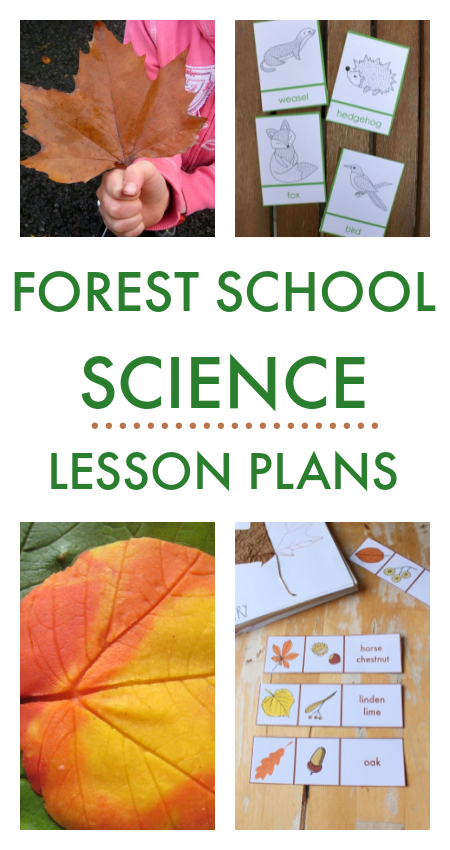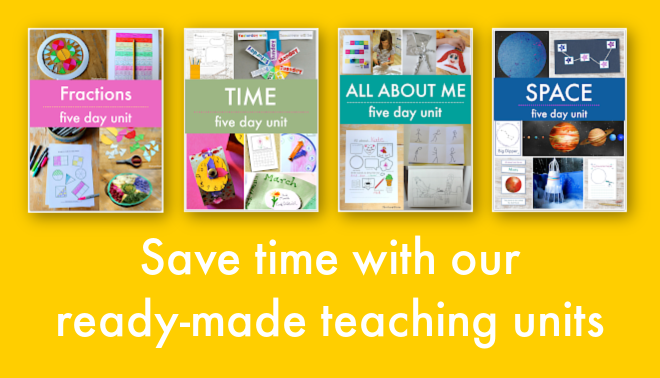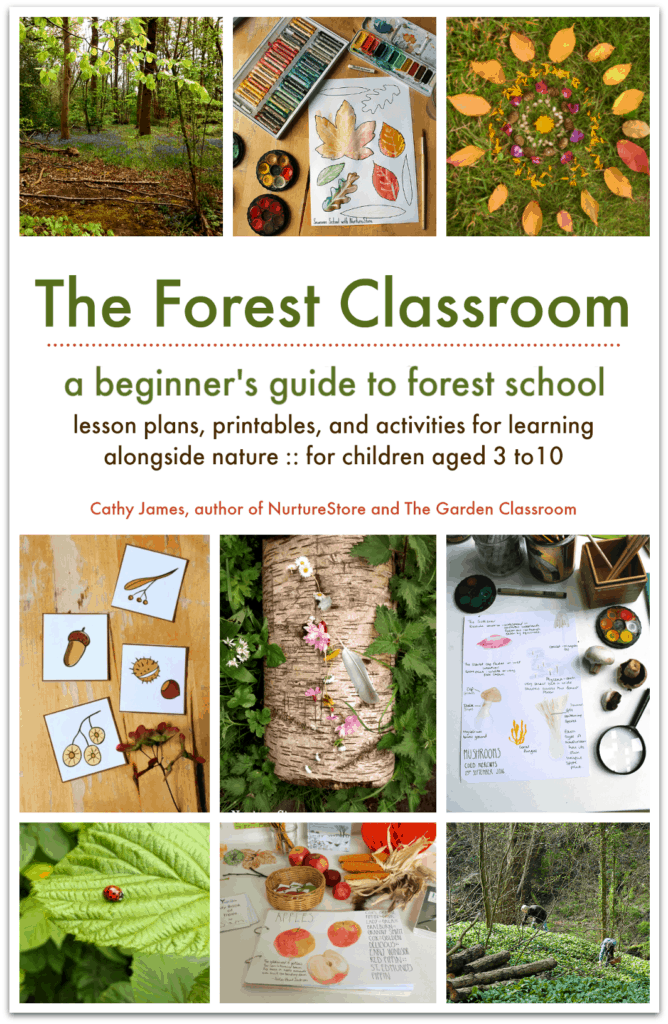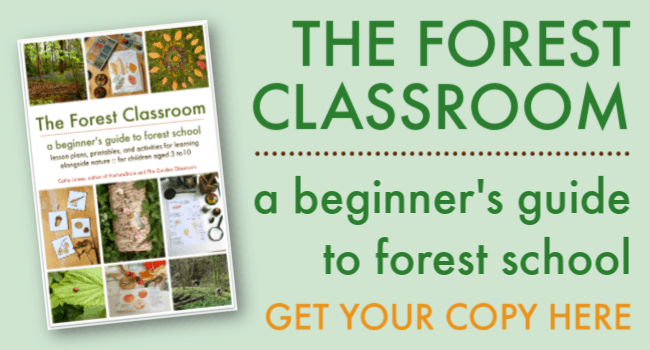Use these ready-made lesson plans for forest school science activities to teach nature study in a forest classroom.
Forest school science lessons
A forest classroom provides you with an ever changing outdoor science laboratory to explore and study with your children.
Let’s look at a range of science lessons to do outdoors as part of your forest school provision.
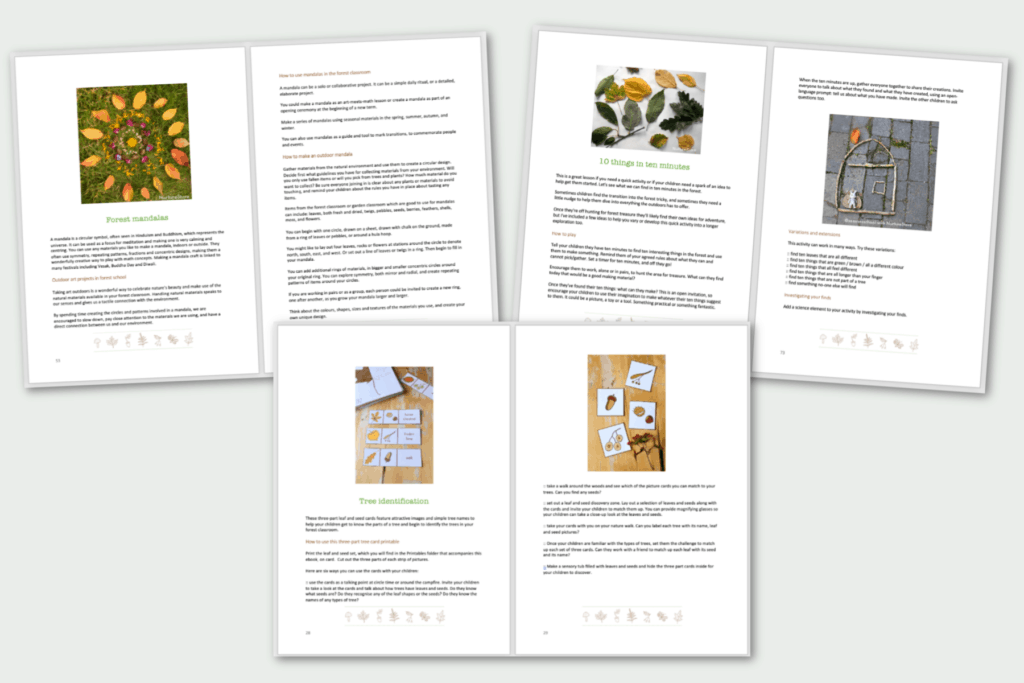
Ready-made forest school lesson plans
Make your forest school teaching easier using our ready-made outdoor lesson plans.
The Forest Classroom: a beginner’s guide to forest school will give you the confidence, ideas and practical plans to lead forest school lessons with your children.
Our best-selling guide gives you over 40 lessons plans and 16 practical printable sets that you can use in your forest school setting, school yard/playground, local park or your own backyard to run a forest-school style curriculum.
The lessons are suitable for children aged 4 to 10 and cover a broad range of subjects including nature study, math, literacy, science, arts and crafts, and wellbeing.
See more and get your copy of The Forest Classroom here, for easy, ready-made outdoor lessons you and your children will love.
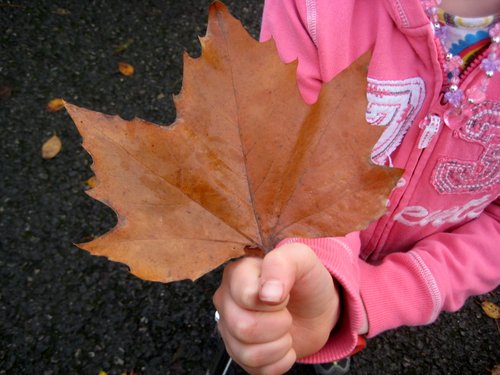
Outdoor science study
There is a wide variety of science lessons you can teach in your forest school, including informal lessons based on your children’s questions and the things you see in the forest to more formal, structured science lessons.
Let’s take a look at five forest school science lessons that are included in The Forest Classroom:beginners’ guide to forest school – nature journaling, parts of a tree study, tree identification lesson, cloud observation lesson, and a food chains lesson. All are accompanied by useful printables which you will receive along with your copy of The Forest Classroom.

Nature journalling
Keeping a nature journal is a core practice in nature study. Each child might complete their own journal or your group can work to create a collaborative journal.
You can fill your journal with notes, sketches, painting, poems, photographs, pressed flowers and leaves to make it a glorious record of your time in your forest classroom.
You can also use your journal as a scientific record, prompting your children to think like scientists. Guide your children to:
:: Look closely. Draw what they see.
:: Look again, perhaps with a magnifying glass, and draw some more.
:: Label their drawing. Note the details they can see, where they found their item, and the date.
:: Wonder. Ask questions. Think about what they see and why things look the way they do.
:: Share their findings with others – perhaps around the campfire at your closing part of the forest school session. (The Forest Classroom has a guide to structuring your forest school sessions.) Ask them if they know about your item.
:: Research in books and online to find out more. Learn and discover!
You’ll find a range of nature journal prompts in The Forest Classroom that guide your children to fill their journals with a wide variety of writing, drawing and observations. You’ll also receive a selection of printable nature journal pages including writing and drawing sheets and a range of guided journal pages to complete.

Parts of a Tree Lesson
One science study you can complete in forest school is to learn about the parts of a tree. Your children can learn the key vocabulary for the different parts, their functions, and how they fit together in a complex system. One of the benefits of forest school is you’ll have plenty of specimens to observe and to watch over the course of the year to track changes in their life cycle.
The Forest Classroom book gives you a useful set of tree printables including a full-page tree picture and two pages of word and picture cards including tree, leaf, trunk, branch, seed, roots, bark, twig and crown. It also covers the functions of the various parts of the tree including the role of chlorophyll, and suggests a number of tree ID activities.
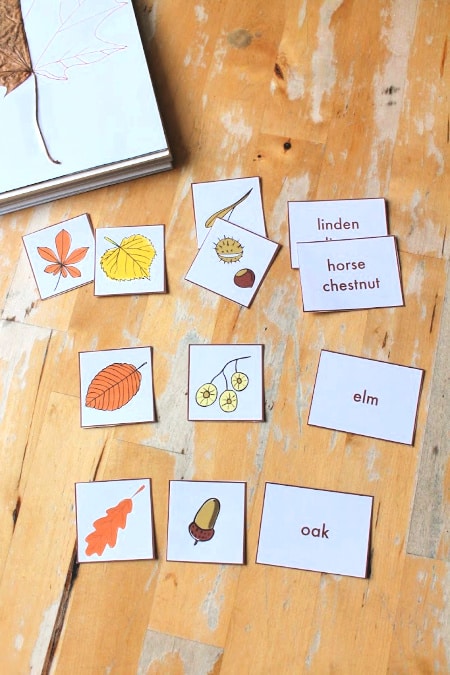
Tree Identification Lessons
Following a lesson on the various parts of a tree we can also give a lesson on identifying the different species of trees in our forest school. Children can learn to discern the leaves and seeds of a number of trees. This helps children develop the scientific skills of careful observation, accurate discrimination and classification.
The Forest Classroom book gives you a printable set of three-part tree cards which you can use in this lesson, with the name and pictures of the leaf and seed of common deciduous trees, along with six suggested activities for your children to get to know and identify each tree.
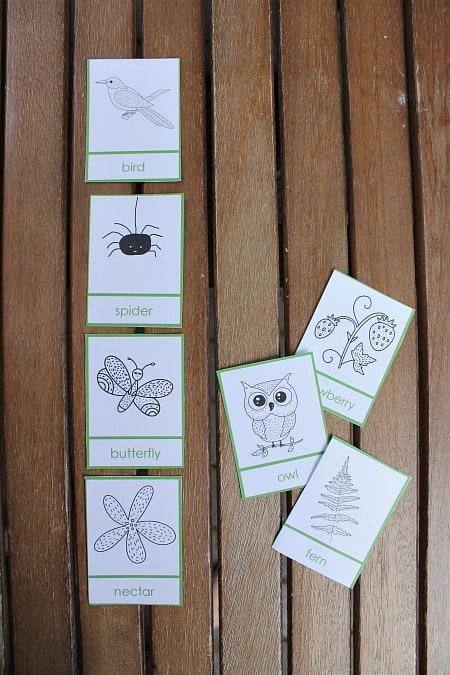
Food Chains Lesson
You can also use the forest to effectively teach a lesson on food chains, which children can see enacted all around them. The Forest Classroom guides you through a lesson where your children can learn about food webs and food chains and how the forest system works as a whole, with a system of producers, consumers and decomposers.
You’ll also receive a printable set of illustrated animal and plant cards which you can use for a variety of activities to teach, re-cap and test understanding of the food systems in your woodland.
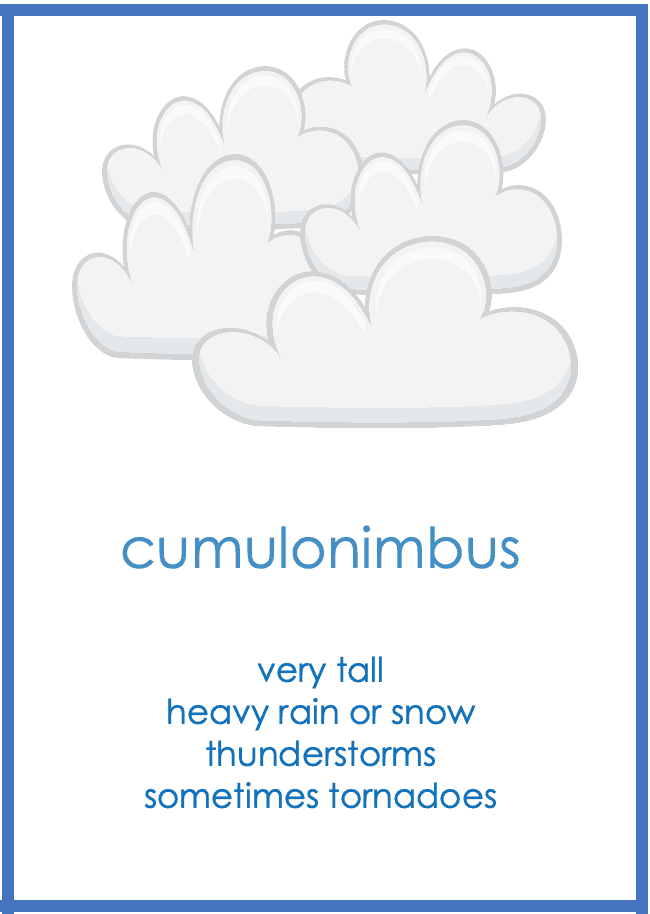
Cloud Identification Lessons
Playing outdoors puts children naturally in contact with the weather. In our forest school we can focus on clouds for a meteorological lesson. Observe the clouds together using descriptive and precise language to describe them:
:: What are the clouds like today?
:: What colour are they?
:: What shape?
:: How big?
:: How high?
:: Does the shape of the clouds look like something? An object, an animal, a person?
The Forest Classroom gives you a set of Cloud ID cards you can print and use to teach children the names of different clouds, how to identify each one, and the weather patterns they bring. They’ll be able to produce their own weather reports.
The Forest Classroom :: download your ready-made forest school lesson plans
Have you got your copy of The Forest Classroom yet? It is the perfect beginner’s guide to running a successful forest school. Download your forest school guide here.
A forest classroom is a place of adventure, discovery, and imagination. It can also be a wonderful place to learn about math and science, explore art and crafts, and develop language and social skills.
The Forest Classroom is a practical guide which will show you how to engage your children in fun and educational forest-school activities.
These ready-made forest school lesson plans are suitable for forest school leaders, teachers, childcarers and parents with children aged 4 to 10, to learn in a forest, school nature area, local park or your own backyard.
Get your copy of The Forest Classroom here and you’ll be ready to head straight outdoors and enjoy teaching, using our ready-made lesson plans.


